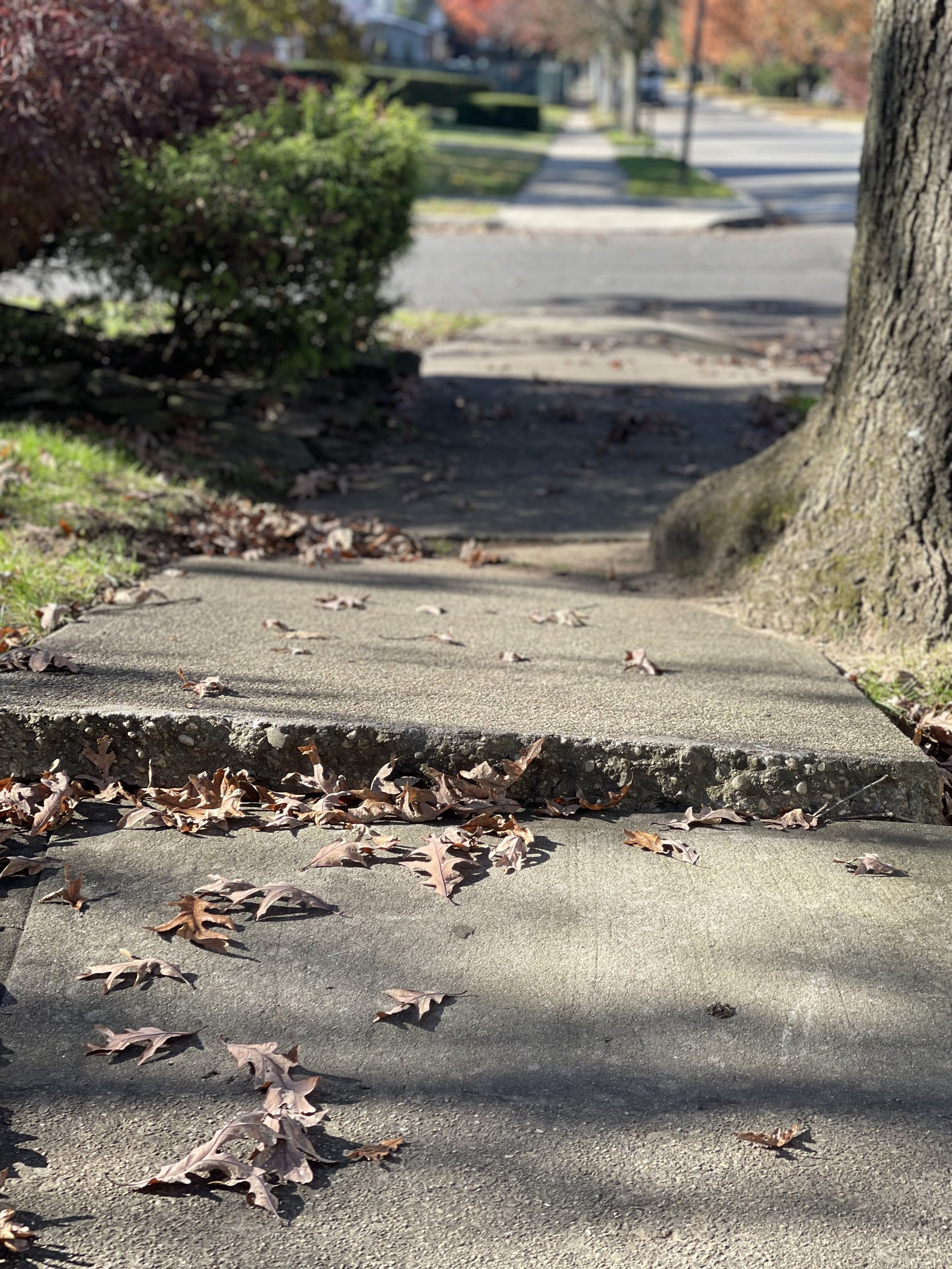When it comes to liability in personal injury actions, the City never sleeps.
Such was the case in Gallis v 23-21 33 Road, LLC, defendant, City of New York, respondent.
On March 5, 2017, Konstantinos Gallis tripped and fell on an uneven portion of a sidewalk adjacent to the property in Queens owned by 23-21 33 Road, LLC (“LLC”). In alleging an injury, the plaintiff claimed that both LLC and NYC were culpable.
And in moving for summary judgment on the issue of liability against the City---having obtained a default judgment against LLC for failing to respond to the complaint---the plaintiff contended that Gotham had negligently allowed tree roots to grow and lift the sidewalk, creating a dangerous condition.
The Supreme Court denied the motion, and the plaintiff appealed.
According to Administrative Code § 7-210, which established that the City Council intended to shift liability for sidewalk accidents away from NYC to the abutting landowner: “Where a sidewalk may have been damaged by growing tree roots, abutting property owners are responsible for remedying the condition and are liable for damages that may occur because of the defect.”
However, this exemption recognizes "the inappropriateness of exposing small-property owners in residence, who have limited resources, to exclusive liability with respect to sidewalk maintenance and repair."
But the plaintiff failed to prove that New York City is liable pursuant to Administrative Code § 7-210(b) for abutting property that is "in whole or in part, owner occupied" and "used exclusively for residential purposes."
The plaintiff proffered no evidence that the LLC actually occupied the property at the time of the accident, or that use of the property was limited to residential purposes. (His reliance on hearsay statements found in New York Post articles was inappropriate and did nothing to support the belief that section 7-210 of the Administrative Code is not applicable to the alleged circumstances involving the growth of tree roots.)
Moreover, the plaintiff failed to establish that the sidewalk was not maintained in a reasonably safe condition. Nor could he definitively show, prima facie, that the sidewalk was defective.
Accordingly, the Supreme Court’s decision denying summary judgment was affirmed.

